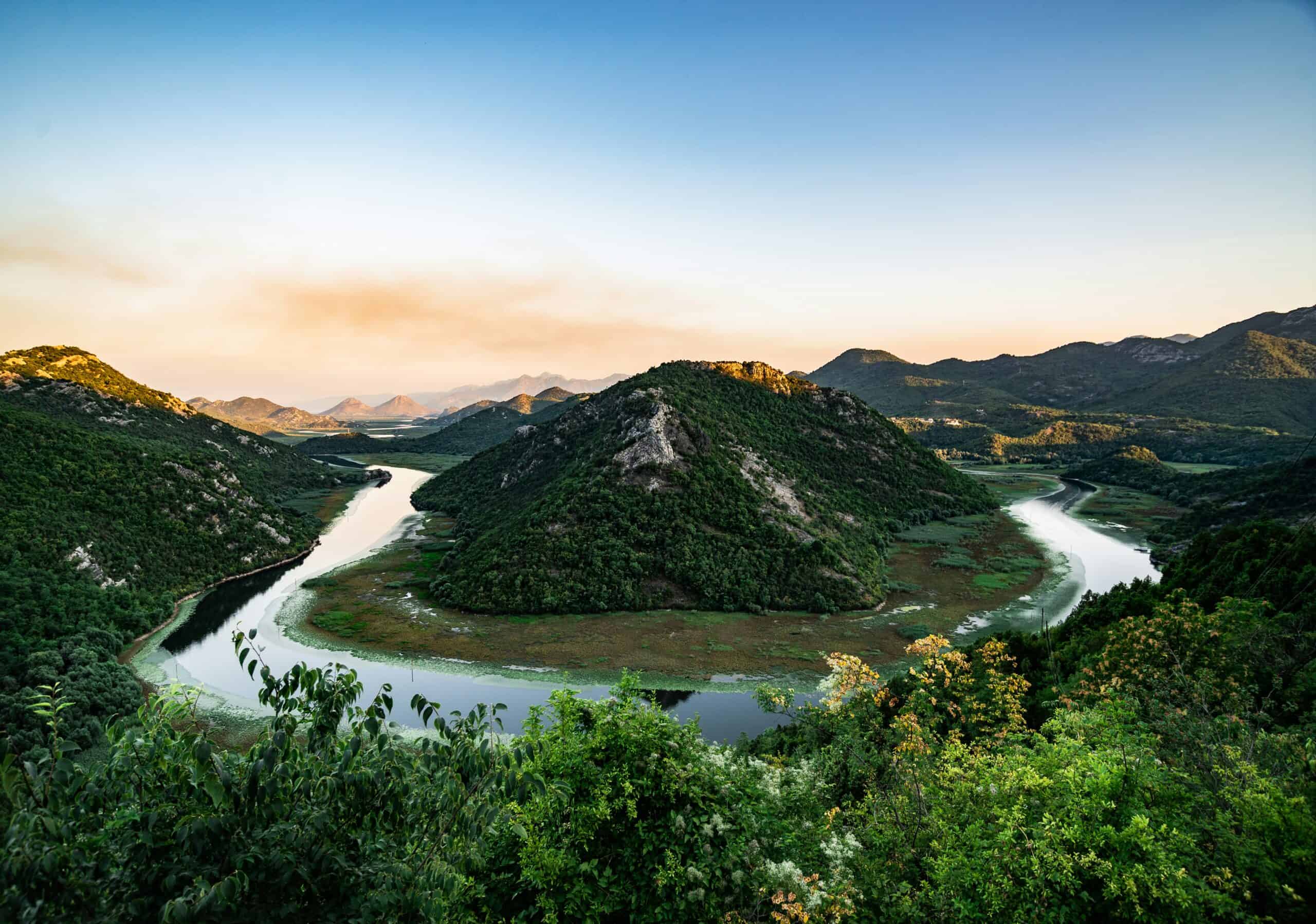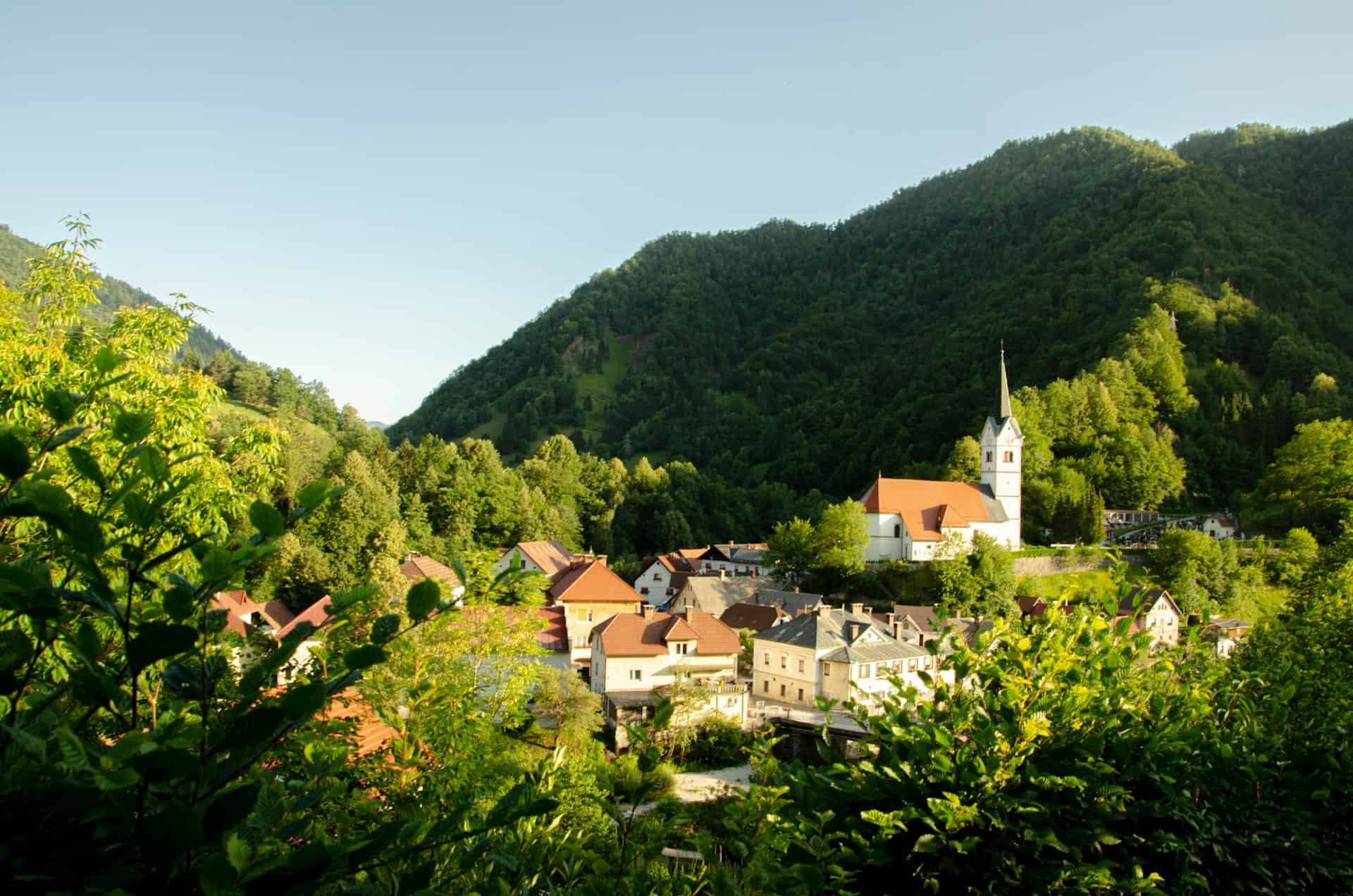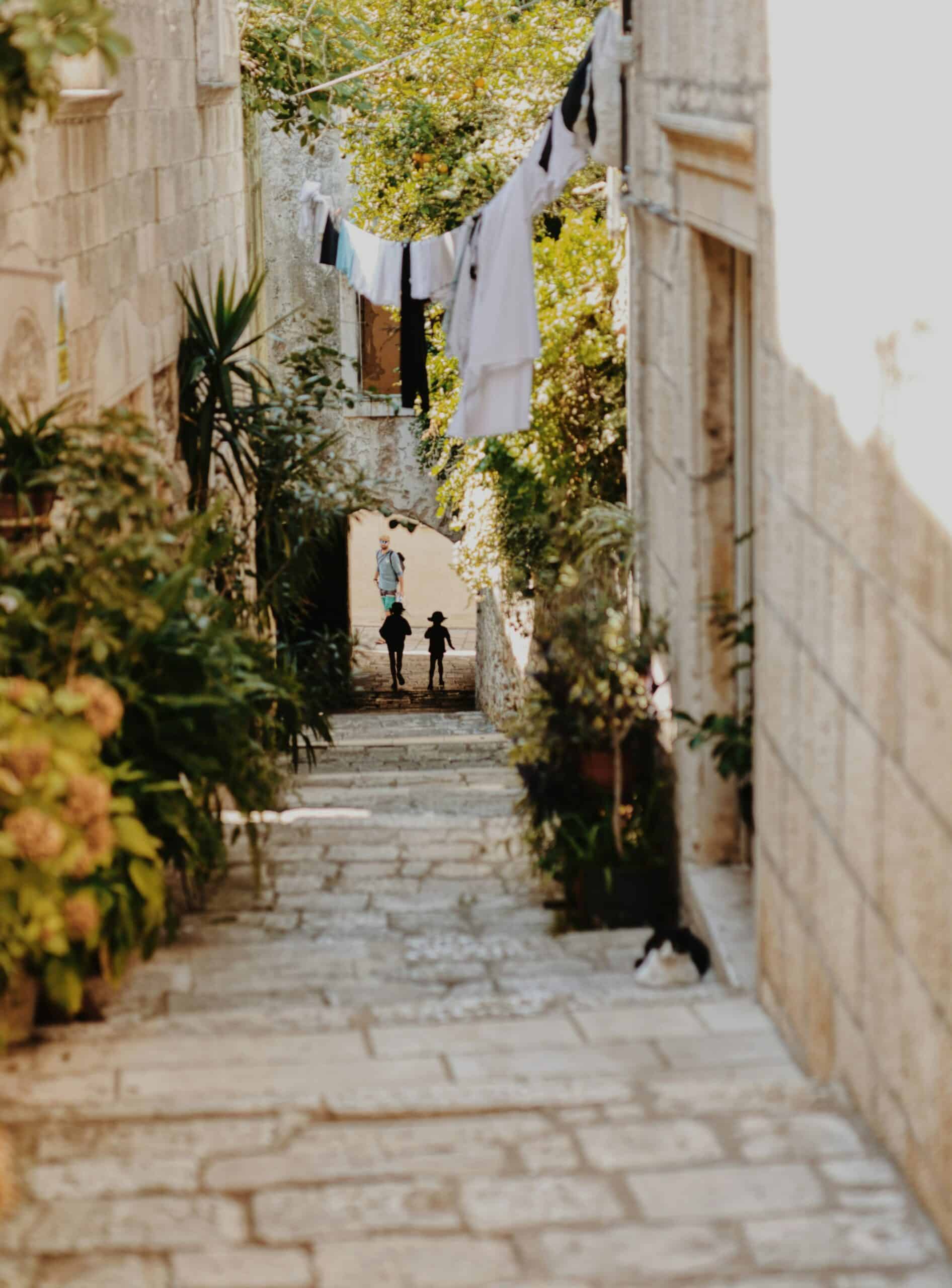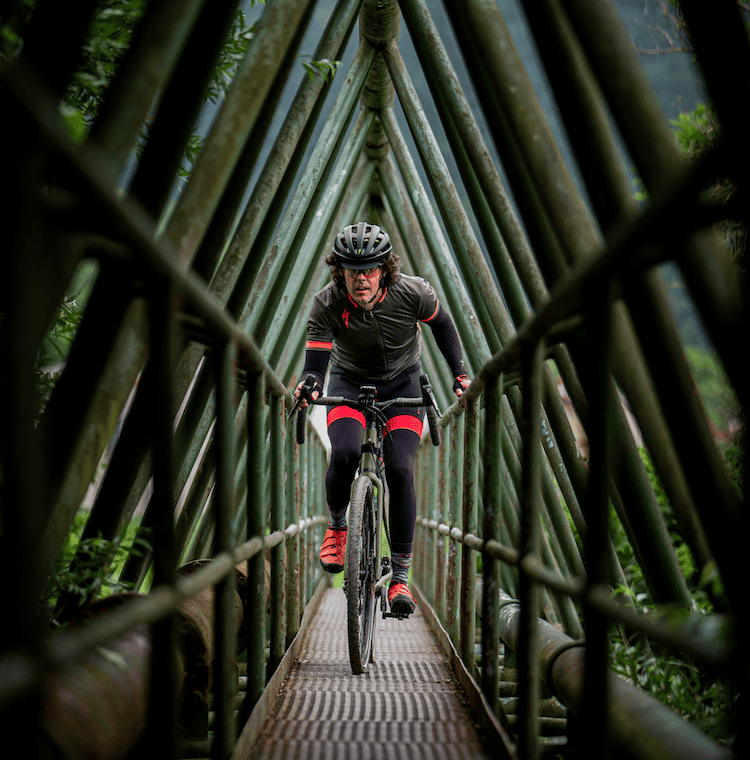The Trans Dinarica is an epic cycling route passing through eight countries in the Western Balkans.
battleface asked Alex Crevar, journalist, cyclist and trail organiser/advocate, what to expect from the Trans Dinarica and why the Western Balkans remains one of Europe’s great unspoilt adventure-travel destinations.
Currently under development by Slovenia-based company GoodTrail, the route will encompass stunning Adriatic coastline, rolling hills, rocky peaks and much more as it winds its way through countries including Croatia, Montenegro, Albania, North Macedonia and Serbia.
Alex, how did the idea for this trail come about? And why this particular region?
The crew — from our route-development company called GoodTrail, which is based in Slovenia — have been creating cycle and hiking routes in the region for several years. Since we all live in the Western Balkans, it was always a goal to create a great cycle-touring route that links the entire expanse and to show off many of the region’s areas that we love, are proud of, and feel are indicative of the kinds of full cycling and traveling experiences we know others, like us, are looking for.

For those new to the Western Balkans, why is travel by bicycle such a great way to seeing the region?
Traveling by bicycle is a great way to see any region. However, the Western Balkans region is singular in many respects. The landscape is fantastically diverse. The Adriatic coast frames the region. Mountain ranges crowd the entire expanse. Rivers fill valleys between peaks. Tectonic lakes, gorges, primordial forests, and karst fields are regularly pedaled across. The area is accessible yet is still largely unspoiled. When one combines this with the beautiful and inviting culture found in villages in every country, it is a hard corner of the planet to beat for people who want to experience community-based adventure travel.
Having spent time in the Balkans, I can certainly attest to it being a spectacular part of the world. Do you have any personal favourite parts?
Not trying to be diplomatic or coy here, but no. I truly can’t pick a favorite because, for me, it is not just about cycling among specific, stunning geographic features along the route. It’s about cycling under that mountain or along that coast or paralleling that river AND enjoying the subtle nuances among the cultures in each of the countries … all of which I find exquisitely beautiful, complicated, and magnetic. I think rather than give people a cheat sheet based on one person’s subjectivity, travelers should commit to seeing this region — the last real epic adventure spot in Europe — two weeks at a time until they also experience the nuanced beauty across the region. To the point though: there is not a single place along this route that I can’t fully endorse and suggest.

What about difficulty levels? There must be some pretty challenging climbs knowing the topography in that part of the world.
We developed the route for “average” touring cyclists. I put average in quotes because most people who travel by bicycle possess a modicum of fitness — including e-cyclists (which is also a great way to ride this route) — so they are prepared to work harder at self-locomotion than your average traveler. Having said that, there are challenging days. The region as a whole isn’t flat … almost anywhere. Rolling hills are most common, and there are plenty of climbs. BUT … our job as a route-development company is to go over every meter of the route and make sure it meets our requirements as doable for average cyclists. Our golden bull’s-eye stage is about 50 kilometers with around 1,000 meters of climbing per day. Rarely is it more, often it is less than these numbers. When we run into stages that go way beyond these parameters, we choose a different course for that stage or create alternatives so no one is put in a situation that diminishes their experience or puts their safety at risk.

Presumably the trail will pass through regions that don’t normally see a lot of tourist traffic. How do anticipate it’ll benefits those more ‘off-the-beaten-path’ areas?
This question is, in many ways, the point of this route. We definitely want travelers to enjoy the Western Balkans. However, our top priority is the locals. We are protective of the land and the culture. My philosophy is that tourists are not the stars of tourism — communities are. If communities don’t benefit the most from the route (economically, philosophically, and as an inspiration for innovation on multiple levels), then the experience is, by definition, unsustainable.
I provide that preamble to say: we designed the Trans Dinarica so that it specifically runs through often-overlooked villages, parks, and cultural sites. This was not a route built just to take people to the places they’re already visiting. Plus, cities are not the best places to cycle anyway. In my mind, and ideally, this route becomes an economic engine for villages, towns, and communities throughout the region so locals also have a chance to succeed in tourism (rather than just the usual suspects), and are provided the ability to better share their cultures with renewed pride. Oh, and so travelers can have some fun, too.
The route’s first and largest support came from the United States Agency for International Development (USAID) through its “Economic Development, Governance, and Enterprise Growth in Europe and Eurasia,” or EDGE, project. The itinerary also received funding from the Albanian office of the German Agency for International Cooperation (GIZ), and from RECONOMY, a regional program of the Swedish International Development Cooperation Agency (Sida), implemented by Helvetas. For all of our partners, the Trans Dinarica was attractive because it focuses on community-based sustainability.
Finally, the communities themselves! What can cyclists expect in terms of the welcome they’ll receive across the Balkans?
Anyone who has traveled here knows hospitality is really the region’s strength. There is something like an unwritten code across the region to treat a traveler with respect. And, remember, many of these villages are places that were historically on trade routes. Travelers brought news and stories. Locals provided hospitality: information, coffee, culture, food, accomodation, rakija. As much as I’m in love with the region’s nature and topography, I believe it’s the way the Western Balkans welcomes visitors that people are most wowed by and that turns interested travelers into regional devotees.








